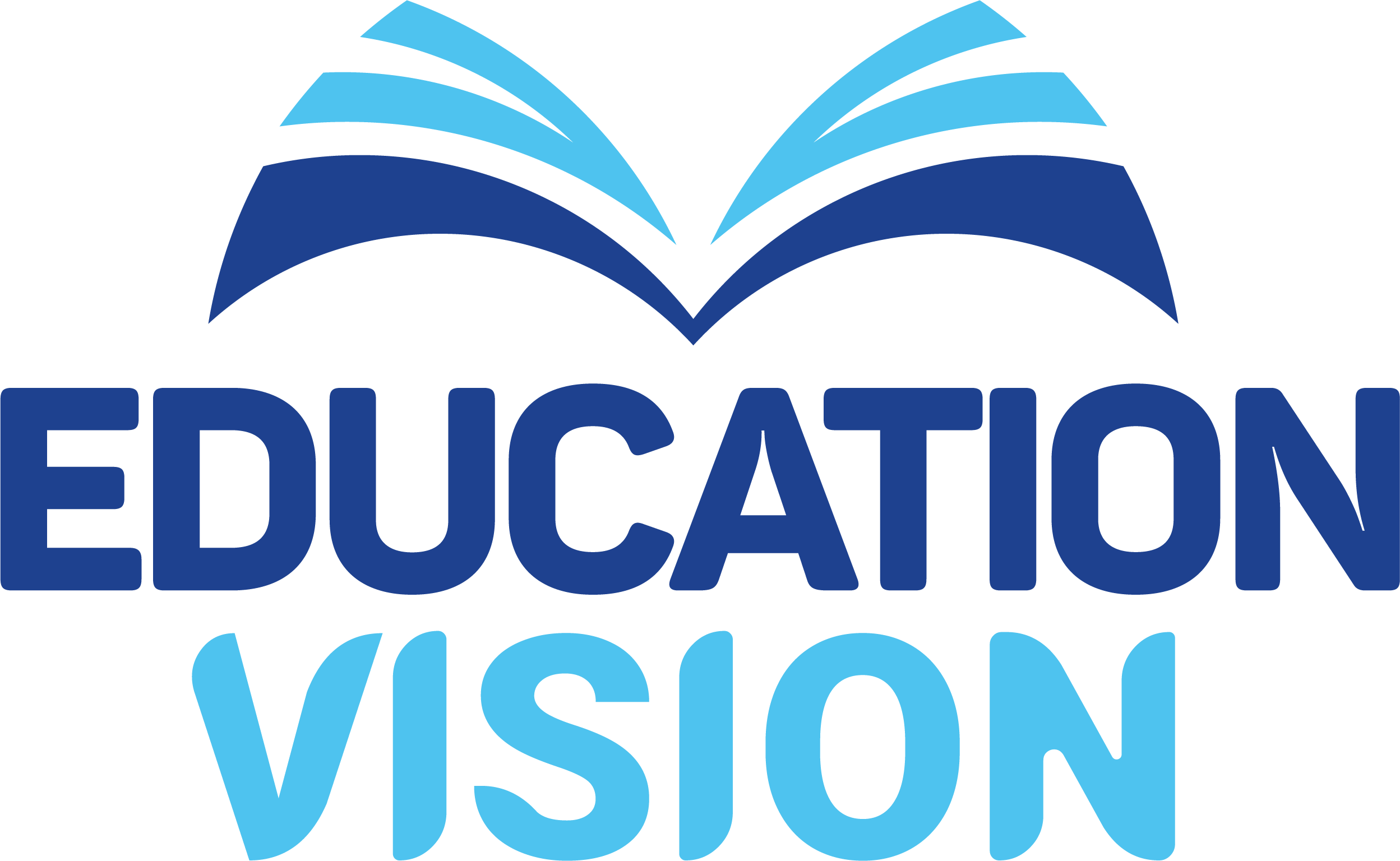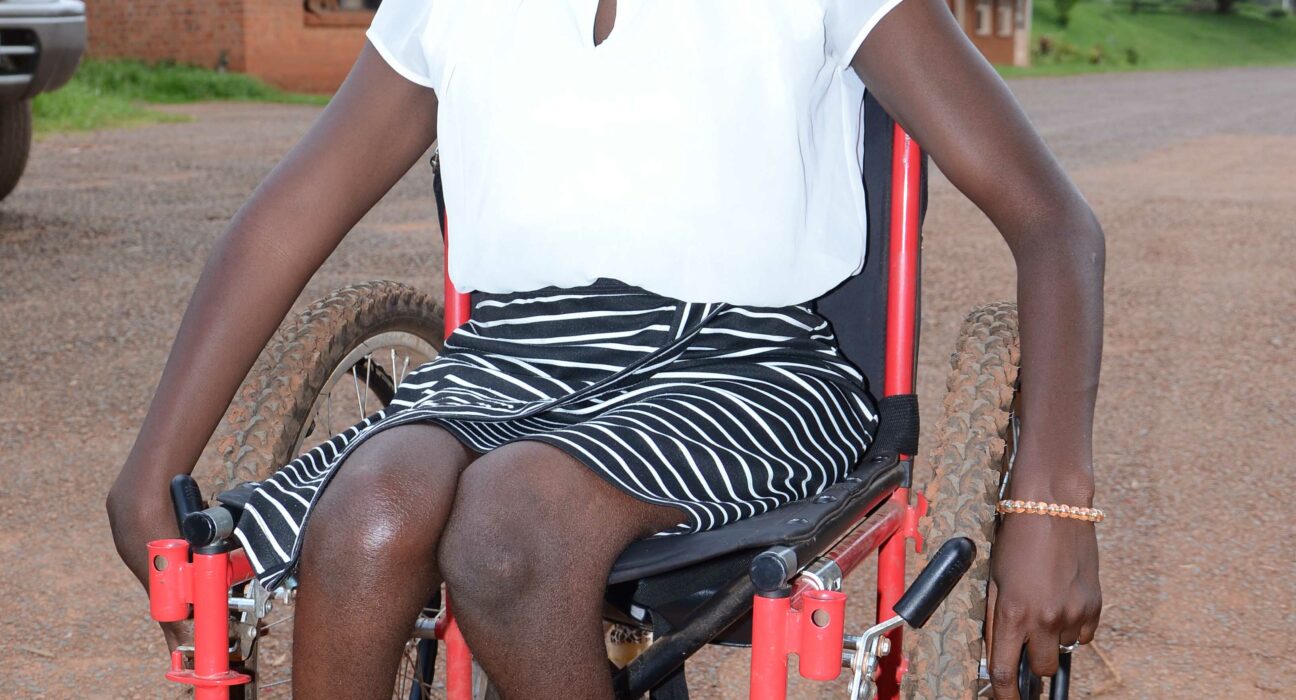By Melanie Nabukwasi and Mollan Joyce
Oliver Nabirye, 22, a blind student at Kyambogo University, was thrown into panic when she learnt that her guide had been taken ill and could not take her to class.
“It left a hole in my heart, and with many questions that were not answered,” Nabirye, a first-year student studying for a bachelor of arts in education, says.
She missed lessons as she prayed for her caretaker’s recovery so she could continue to guide her across the university, but never heard back from her.
“My guide left alone me without prior notice,” Nabirye says. “Then, my sponsor was informed and I received a new guide later,”
The special needs private students in higher institutions of learning hire guides to deliver them to classes and offer them all other forms of help on campus.
But state-sponsored students get slightly over sh800000 as part of their funding to hire guides. Besides the trouble of hiring guides, special needs students deal with a host of other challenges on campus.
That is why Nabirye thinks there is a need for reforms to make tertiary institutions more accessible and friendly to learners with disabilities.
“Universities could prioritise the training of guides on handling students with special needs. We still face discrimination,” she adds. “Front seats could be reserved for us so we do not have to suffer the burden of looking for free seats in lecture rooms,”
Resource centres
Presently, only Kyambogo University runs a resource centre for students with special needs, according to the education ministry. The centre does not only help students with disabilities with learning materials such as braille machines and braille papers but also equips guides and lecturers with skills for dealing with learners with special needs like Nabirye.
Diana Musiime, who is currently Nabirye’s guide, says it takes “patience and selflessness” to take care of children with disabilities on campus, which is why training on how to deal with these students is vital.
“I did not have any experience in handling students with special needs when I was asked to be Nabirye’s guide but decided to do it. Nabirye is kind and smart,” she adds. “Whenever I am unable to guide her, Nabirye contacts the resource centre for assistance,”
Alex Ogwal, the chairperson of Makerere University Disabled Students Association (MUDSA), says they have requested the institution’s council to set up a similar resource centre to take care of their needs.
Ogwal, who is pursuing a bachelor of science in education, says such a resource could bridge the gap between the university and students as well as provide training to other students and lecturers on handling learners with disabilities.
“The university should prioritise this because a resource centre would help lecturers with skills for handling us,” he adds.
Besides setting up the resource centre, Denis Tumusiime, a student with a hearing impairment at Makerere University, notes that the institution needs to retrofit its old buildings with ramps to make them accessible to children with special needs.
However, the buildings which were constructed recently at the university, including the two central teaching facilities, have ramped entrances. Other buildings which have ramped entrances include structures in the school of dentistry, the senate building and the extension to the main library. The new buildings have also been fitted with toilets, which are accessible to students with disabilities.
Changes to buildings
The Makerere vice chancellor, prof. Barnabas Nawangwe, says there are plans to retrofit the old buildings to make them accessible to people with disabilities.
“We cherish the principle of inclusivity very much. We are not stopping at buildings. All our pedestrian sidewalks are also designed to facilitate access for people with disabilities,” he adds. “Ramps are created at every junction to facilitate easy movement of persons on wheelchairs,”
But Nawangwe does not mention when the old buildings which host lecture rooms and administrative offices as well as halls of residence will be retrofitted. These do not just lack ramps, but elevators as well.
Tumusiime says he and his peers with disabilities might continue to face trouble accessing these structures for many years to come. But that is not all, he adds. “Living off campus involves many challenges for us like exposure to accidents while crossing roads. Yet it is hard for private students with special needs to find accommodation in the halls of residence,” he adds.
Any institution that admits a learner with a disability is expected to make structural adjustments to their buildings and premises to make them accessible to that learner within three months of admission, says the Persons with Disabilities Act 2019. The same law bars institutions from denying admission to a learner on the basis of a disability.
Sam Ayeyo a visually impaired undergraduate student of social work and social administration says Government ought to ensure that all institutions have the requisite facilities and systems to implement inclusive education.
Inclusive education
Justus Turamyomwe, a lecturer in the college of humanities and social sciences at Makerere University, says teaching a class comprising students with special needs and their peers who do not have disabilities, presents several challenges.
“Sometimes it is hard to find the best teaching method for two categories of students,” he adds. “A resource centre should be prioritised to give lecturers skills to handle children with disabilities,”
John Osillo, a lecturer, who doubles as an assistant records officer at Busitema University, agrees with Turamyomwe. “Lectures need to be equipped with skills for teaching children with disabilities,” he adds.
Any institution that admits a learner with a disability is required to provide inclusive education, which means teaching learners with special needs together with other learners, according to the Persons with Disabilities Act 2019.
Tracy Abenakyo, an undergraduate student of accounting and finance at Kyambogo University says it is important to make inclusive education meaningful at all levels since the number of learners with disabilities is not going down. “Everyone has a right to education but sadly many students with disabilities are not enjoying this,” she adds.
Safina Namataka, a mother to a child with special needs in Mbale, says learning institutions ought to encourage these children to actively participate in the process of learning and personal development instead of excluding them from such processes.
Affirmative action
Jackson Sanya, an education officer in the education ministry’s special needs department says the proposed National Inclusive Education Policy seeks to expand access to education for learners with disabilities.
He adds that the ministry is encouraging all universities to set up resource centres for students with disabilities to equip lectures with skills for handling learners with disabilities.
“Because Kyambogo University has this centre, all students doing a bachelor of education have a course unit for handling special needs students,” he adds.
Sanya explains that all institutions of learning are expected to make their buildings accessible to learners with special needs. He adds that the ministry has asked the Executive to raise the number of state-sponsored learners with disabilities enrolled at each public university per year from 65 to 100.
Around 16% of Ugandan children have a disability, according to the World Bank. The education ministry says there are over 170,000 and 8,000 children with disabilities in primary and secondary schools respectively – representing 2% and 0.6% of the total population of learners in two levels of education. As shown by these figures, the number of children with disabilities drops by more than half at the secondary level. It drops further at the tertiary level.
While the government’s affirmative action programme has allowed some special needs students to access tertiary education, Nabirye says there is still a lot of work to do for this government intervention to deliver a meaningful impact.

